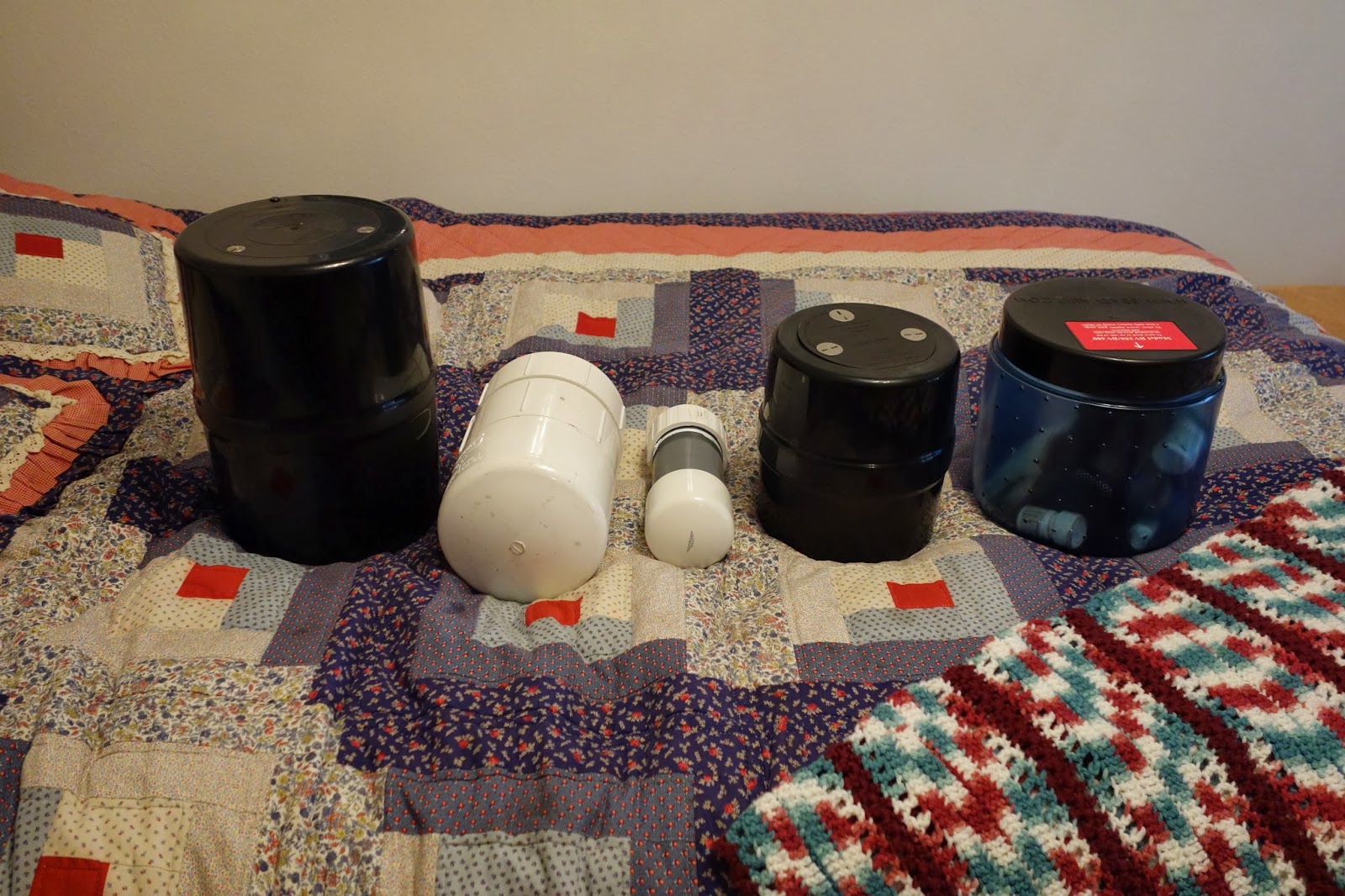Dale Matson
The third season of the Discovery Channel series “Alaska The
Last Frontier” has just concluded with the final episode culminating in the birth
of Eivin and Eve’s son Findlay. Findlay will be the fourth generation of
Kilchers living on a 600 plus acre homestead near Homer Alaska. My wife and I
record the program for viewing at an earlier time on the following day and have
watched all three seasons of the program.
As with any reality series, I suppose there are things
staged to heighten the drama like the fact that they seem to be eternally
behind with their chores and preparation for winter. Otto seems to be the one
who lacks a sense of urgency about the importance of timing. This sometimes
creates tension between Otto and his son Eivin like when the tide came in and
they had to stay overnight where they were until the tide went out, simply
because they got a late start once again. One could also question the extent
that they need lay up enough food for the winter or they will ‘starve’. Much of
the series has to do with gardening, hunting and fishing to provide the
necessary food for the extended family.
Although their setting is primitive and isolated, they do
have a considerable amount of heavy equipment to help them expand and improve
their compound. This includes bulldozers, backhoes and a barge. There is often
a sense of work as play for Otto who spent much of one episode attempting to
blow a stump out of the ground in a land-clearing project. I sometimes hold my
breath as I watch Otto climb trees with chainsaws or walk along on top of the
scaffolding of his new shed or nearly get kicked while removing porcupine
needles from a horse’s mouth. Otto’s wife Charlotte is a great friend and
helpmate to Otto. All the Kilchers are resourceful and creative in the way they
tackle problems that arise. It seems like they can always find something lying
around the property to improvise a solution like when Eivin used an old bicycle
as a means to spin honey out of a hive.
Even though they have the acreage, much of their episodes
take place 20 miles away where the cattle graze in the summer and out in the
ocean for fishing or on distant islands for hunting.
I think there are plenty of family members for the audience
to identify with and each family member has his or her own personality. Atz is
the oldest Kilcher, married to Bonnie. He is the family anchor and reminds me
of my own father. He spends much of the summer alone protecting the cattle herd
from wolves and bears. His son Atz Lee is more laid back than his cousin Eivin
who was charmed into building a round outhouse for Eve. Eve is a self styled
hippie and Jane is continually earning her spurs as she works with her husband
Atz Lee. I am reminded of the episode he left her alone in bear country after
teaching her to shoot a big bore pistol. Both the young wives are determined
and sturdy.
And why do we watch this saga played out in slippery snow, sticky
mud and cold rain? We watch it because it is above all a human saga. It is a
story of a family who respect and help one another, each doing their part and
each sharing the load. It is a family who are good neighbors to their far-flung
neighbors, who lend a hand when a hand is needed. Sometimes it is the gift of a
musk ox.
They are also thoughtful and pensively reflect on the
necessary loss of life for animals that are a food source for them and the
natural but sad death of livestock that have become pets too. Nothing goes to waste.
They are often caught in the act of being themselves like when Otto yelled at
Charlotte to shut up during a tense work situation.
We like watching them. The family life cycles are linked to the seasons. It is by no means an ideal life but
it is how they react to these harsh situations and the kindness they show in
relating to one another that keeps us looking forward to every episode.





